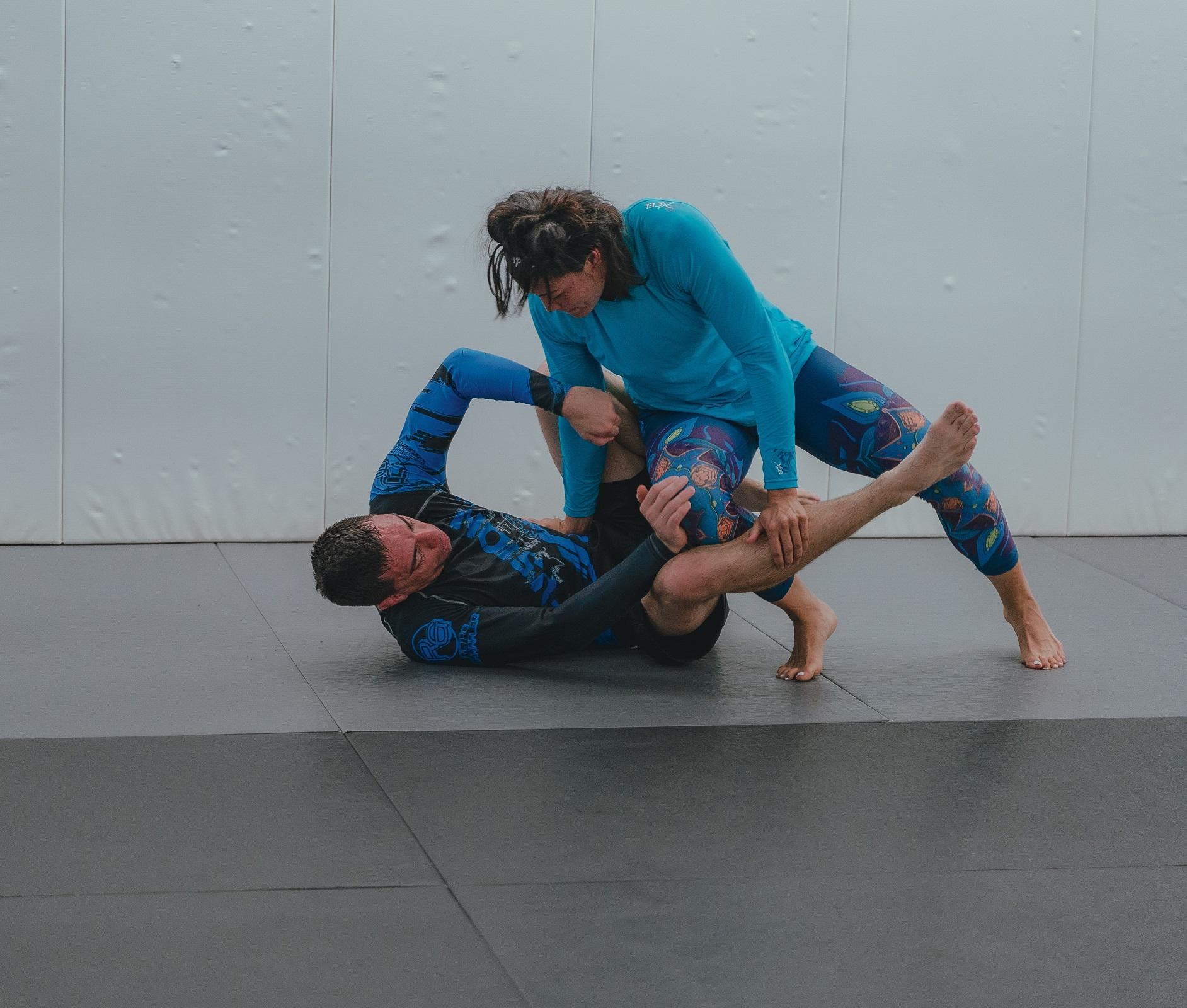- Home
- »Articles
- »Martial Arts
- »Wrestling
- »What are the Different Forms of Wrestling?



What are the Different Forms of Wrestling?
28 June 2023
Wrestling is one of the oldest sports in the world - cave paintings even suggest it originated over 15,000 years ago! Over the years, many forms of wrestling have evolved and developed all over the world. The principles remain the same in every form of wrestling - you win by throwing your opponent to the ground and try to “pin” them - but the methods and rules involved in achieving this differ from style to style. For children’s classes, elements from many styles are often grouped and learned under the umbrella term of “wrestling”. As children get older (usually from around 16) the classes then become subdivided according to their styles.
Freestyle
Freestyle is one of the main two forms of wrestling that are represented in the Olympics (the other being Greco-Roman). As its name suggests, it’s freer in terms of restrictions than other forms. This form is (like other forms) built on grapples, holds and takedowns. Grapples are the method in which a wrestler gets hold of their opponent in a way that’s going to help throw or pull them to the floor, which is the takedown. Once the opponent is down, wrestlers use a variety of holds to keep them in position, while the opponent is trying to “escape”. Matches are won in a variety of ways, including achieving a pin (which is known as a ”fall”), forcing your opponent out of bounds, gaining a significant point advantage or by having the most points after the clock runs out. Points are awarded for the various grapples, escapes and other moves that a wrestler successfully completes.
Greco-Roman
Whereas freestyle is the main form of wrestling practised in the United States, in Europe it’s Greco-Roman. Greco-Roman (as the name again suggests) has its roots in ancient Greece and Rome and along with freestyle is one of the two forms of wrestling competed in the Olympics. As a style, it’s very similar to freestyle but with a few more restrictions. Any holds below the waist are forbidden and wrestlers cannot use their legs for takedown or as a part of any grapple or hold once wrestlers are down on the mat. This form relies more on head and body holds. It also features a familiar move called the “suplex” in which wrestlers lift their opponents in an arch and fall backwards to bring them to the mat.
Grappling Submission Wrestling
Think of this as the catch-all term that includes wider grappling martial arts, including the forms of jiu-jitsu, judo, sambo, sumo and more. They all share in common the fact that they involve using holds, grapples, throws and clinches, to get a submission. Where they differ is usually in competition rules or approaches to techniques. Whereas freestyle and Greco-Roman wrestling are built around competition, many further wrestling styles have their roots in self defence.
Professional Wrestling
Professional wrestling, or Pro-Wrestling, is the official name given to the partially staged show wrestling (think WWE, The Rock and, depending on your age, Hulk Hogan). With the popularity of WWE, there are more and more local clubs and classes that teach this style. It’s very much about the show, so a major part of these classes will be about perfecting characters and planning the fights in advance. Though it’s choreographed, this style is still physically demanding, similar in manner to gymnastics and stunt-work.
